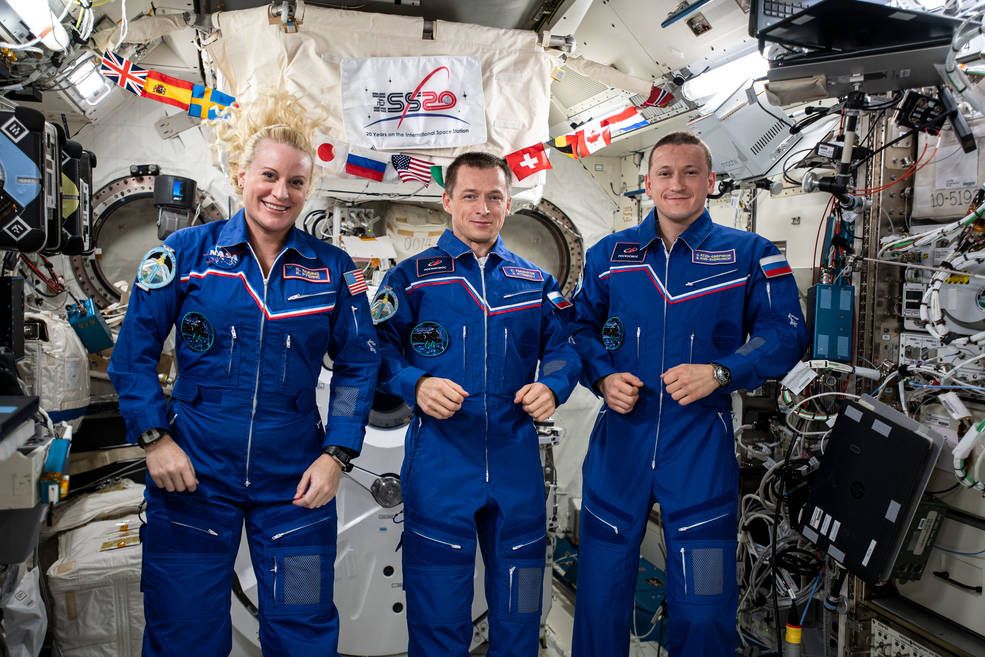NASA’s investment in space – both the unique Earth science conducted in orbit and the technology developed by living in space and exploring the solar system and universe – returns benefits every day, particularly when it comes to environmental issues.
Read MoreMonth: April 2021
NASA to Announce Selection of Human Lander for Artemis Moon Mission
NASA will host a media teleconference at 4 p.m. EDT today, Friday, April 16, to announce the company or companies selected to move forward in developing a modern human landing system (HLS) that will carry the next two American astronauts to the surface of the Moon and pave the way for sustainable lunar exploration under the Artemis program.
Read MoreAlmost Every Galaxy Has One – A Black Hole, That Is
Spectacular jets are powered by the gravitational energy of a supermassive black hole in the core of the elliptical galaxy Hercules A.
Read MoreHow are asteroids, space weather and space debris detected before they hit Earth?
The idea of threats to Earth from outer space sounds like science fiction, but at some level our planet has always been vulnerable to them — think of the giant asteroid that wiped out the dinosaurs 65 million years ago. Fortunately, such occurrences are extremely rare; but other natural phenomena, such as solar storms, can strike from space much more frequently. These have little direct effect on living things, but they can wreak havoc on electronic systems we increasingly depend on, particularly satellite-based technologies. To make matters worse, the proliferation…
Read MoreSupernova deaths of white dwarf stars may explode like a nuclear bomb
When a white dwarf star explodes as a supernova, it may detonate like a nuclear weapon on Earth, a new study finds. White dwarfs are the dim, fading, Earth-size cores of dead stars that are left behind after average-size stars have exhausted their fuel and shed their outer layers. Our sun will one day become a white dwarf, as will more than 90% of the stars in our galaxy. Previous research found that white dwarfs can die in nuclear explosions known as type Ia supernovas. Much remains unknown about what…
Read MoreYou can watch a NASA astronaut and 2 cosmonauts return to Earth in a Soyuz capsule tonight
A NASA astronaut and two Russian cosmonauts will head back to Earth on a Soyuz spacecraft tonight (April 16), and you can watch the whole thing live online. Expedition 64 flight engineer Kate Rubins will return home from the International Space Station alongside Roscosmos crewmates Sergey Ryzhikov and Sergey Kud-Sverchkov. You’ll be able to watch their landing events live here on Space.com and directly from NASA beginning at 5:45 p.m. EDT (2145 GMT). If all goes to schedule, the crew will close the hatch of their Soyuz MS-17 vehicle around…
Read MoreThis Week’s Sky at a Glance, April 16 – 24
The waxing Moon this week steps out of Taurus past Mars, across Gemini and Cancer, and into Leo. Sirius and Procyon remain in the southwest after dusk. Jupiter and Saturn shine in early dawn. The post This Week's Sky at a Glance, April 16 – 24 appeared first on Sky & Telescope.
Read MoreNASA Adds Vulcan Centaur Launch Services to Launch Services Contract
NASA has awarded a contract modification to United Launch Services LLC of Centennial, Colorado, to add Vulcan Centaur launch services to the company’s NASA Launch Services II (NLS II) contract, in accordance with the contract’s on-ramp provision.
Read MoreA Bouquet of Novae Brightens April Nights
With the recent discovery of Nova Scorpii 2021 earlier this week, three bright stellar explosions are now visible in small telescopes from dusk till dawn. The post A Bouquet of Novae Brightens April Nights appeared first on Sky & Telescope.
Read MoreWhat’s in the New NASA Budget Proposal
The latest NASA budget proposal would invest in science in a big way, including a large increase in funding for space exploration. The post What's in the New NASA Budget Proposal appeared first on Sky & Telescope.
Read More